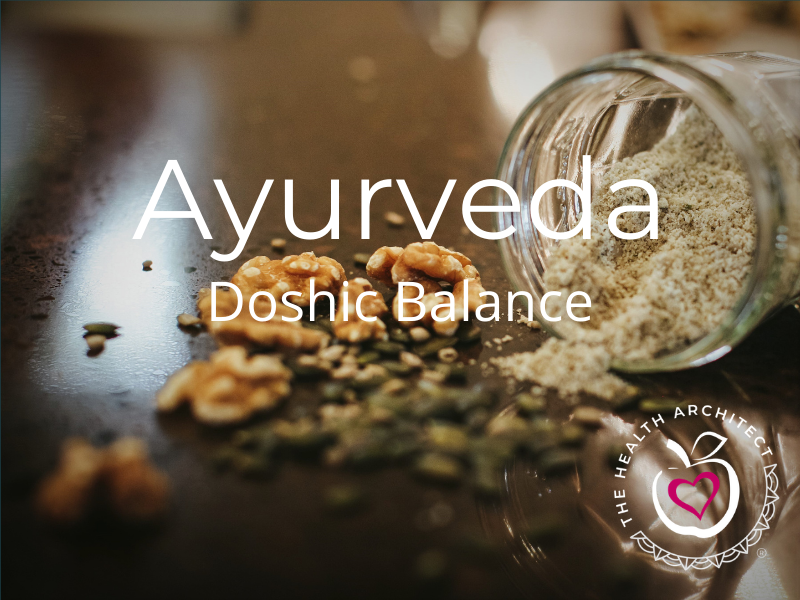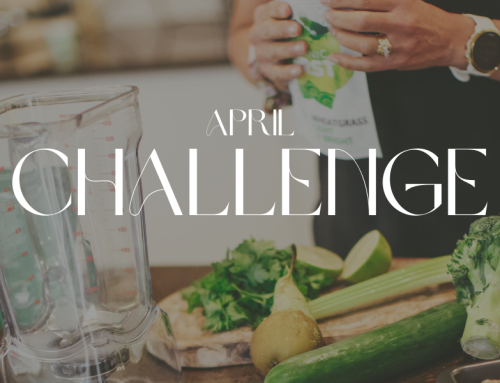The main tenet of Ayurveda is to treat individuals based on their unique mind-body type; this is governed by three cosmic forces, gunas, which exert their influence on the physical elements – earth, wind, water, fire and ether. These elements are combined in three life forces or doshas (known as Vata, Pitta and Kapha) and it is the relative balance of these three doshas that determine body type, mental disposition and even susceptibility to certain illnesses.
Everyone is made up of all three doshas but in some people one will strongly predominate. In others, two doshas combine with equal strength and in a few rare cases all three doshas are equally represented. Whatever the combination, this creates our basic prakriti, which is present from birth.
Ayurveda believes that good health relies on maintaining this specific doshic balance and avoiding cumulative imbalances, which are thought to lead to disease. Many factors are thought to influence this balance including the seasons, lifestyle and diet. In addition age and environment can play a part; for example it is believed that Vata increases with age and is also aggravated by windy weather. This means that maintaining and, if necessary, restoring balance is central to both the lifestyle and dietary approaches of Ayurveda.
“the distinction between health and disease arises as the result of the difference between wholesome and unwholesome diet… disease is the result of faulty nutrition”.
Just as Hippocrates said, “Let food be your medicine and medicine your food”, Ayurveda makes no distinction between food and medicine, believing that food is therapy. However emphasis is placed on the belief that different foods suit different people and Ayurveda provides a framework for understanding how each individual can get the maximum benefit from the food they eat. The key principles are:
- Understanding the nutritional meaning of taste
- Eating according to your dosha and digestive capacity
- Knowing how to eat – when and where
Eating according to Dosha
Ayurveda advocates following a bespoke diet tailored to suit the individual and which is guided by the predominating dosha. The underlying concept is that food can aggravate or soothe the predominating dosha. The following tables provide examples:
| Food | Property | Doshic Impact |
| Rice Cakes | Dry and cooling | Increases Vata’s dry qualities and tendency towards being cold.
Cools Pitta and helps Kapha by drying out congestion and mucous. |
| Black Pepper | Hot | Increases Pitta’s tendency towards inflammation and anger.
Stimulates and energises Kapha. |
| Cow’s Milk | Heavy, mucous producing | Increases Kapha’s heaviness and tendency towards sluggish metabolism and congestion.
Soothes Pitta and nourishes Vata, especially when warmed. |
The Six Tastes
Ayurveda recognises six tastes or rasas (each one made up from the five elements) and attributes therapeutic properties to each of them. The following table provides some examples:
Table 1: Therapeutic Effects of the Six Tastes
| Taste | Elements | Therapeutic Effects | Examples |
| Sweet | Earth & Water | Nourishing, anabolic, rejuvenating.
Decreases Vata & Pitta Increases Kapha
|
rice, wheat, corn and lentils
milk, cream, butter and ghee potatoes, carrots, beetroot grapes, mango, dates and figs |
| Sour | Earth & Fire | Aids digestion, reduces bloating and flatulence.
Decreases Vata Increases Kapha & Pitta |
lemons, limes
yoghurt, sour cream and whey wine, vinegar, soy sauce sauerkraut |
| Salty | Water & Fire | Water-retaining and aids digestion.
Decreases Vata Increases Kapha & Pitta |
sea salt, rock salt, table salt
seaweed, anchovies |
| Bitter | Air & Ether | Detoxifying and drying.
Decreases Pitta & Kapha Increases Vata
|
rhubarb, grapefruit, olives
rocket, spinach, chicory, aubergine cabbage, Brussels sprouts, courgette turmeric, fenugreek, coffee |
| Pungent | Air & Fire | Catabolic, improves circulation and reduces mucous.
Decreases Kapha Increases Vata & Pitta |
cumin, black pepper, mustard seeds
garlic, onion radishes, chilli, ginger |
| Astringent | Air & Earth | Healing and purifying.
Decreases Kapha & Pitta Increases Vata |
Honey (this is not considered sweet)
walnuts, hazelnuts, cashew nuts asparagus, okra chickpeas, alfalfa sprouts most raw vegetables |







